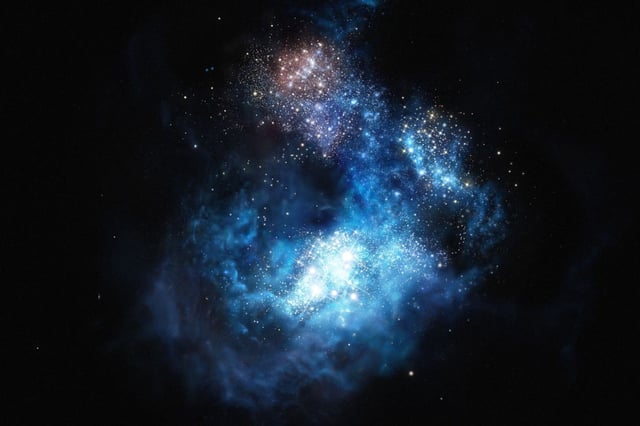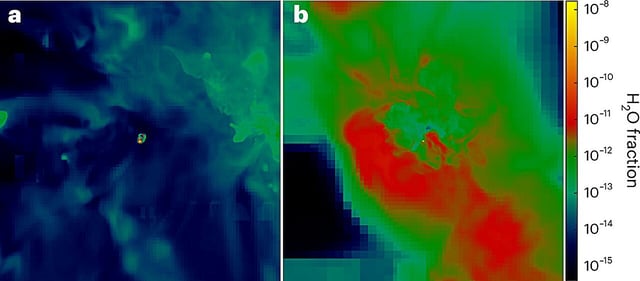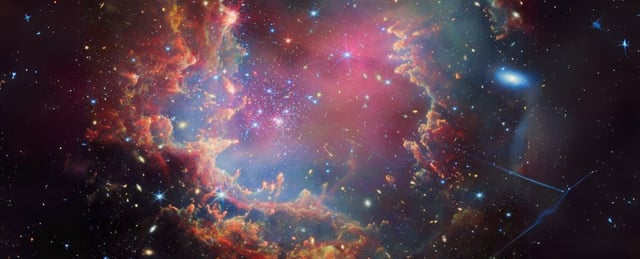Overview
- A study published in Nature Astronomy shows water molecules began forming 100–200 million years after the Big Bang, earlier than previously thought.
- Supernova explosions from the first stars, known as Population III stars, produced the oxygen necessary to combine with hydrogen and form water.
- Computer models simulated two types of supernovae, revealing dense clumps of water-enriched gas that likely seeded the formation of stars and planets.
- The findings suggest water was a key constituent in the formation of the first galaxies and may have contributed to early habitable environments in the universe.
- This discovery significantly advances understanding of the early universe and the conditions that could have supported life billions of years ago.



